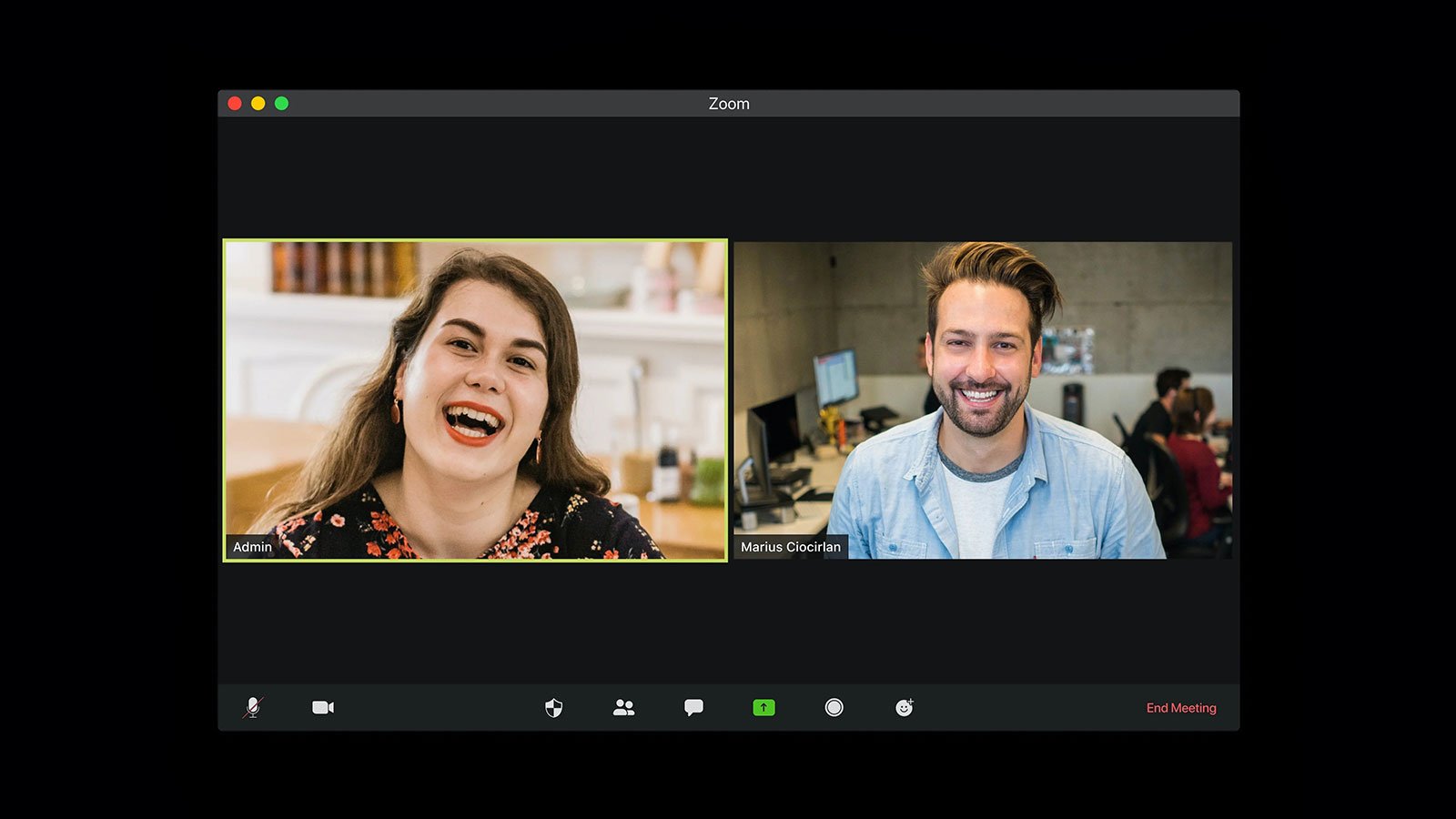The Modern Caregiver: A New Look for Both Employee and Employer

“There are four kinds of people in the world: those who have been caregivers; those who currently are caregivers; those who will be caregivers; and those who will need caregivers.”
Former First Lady Rosalynn Carter’s words ring so true, particularly today, as more and more people take on the added responsibilities of caring for children and other family members. In fact, more than 22 million Americans – 15 percent of the country’s workforce – currently serve as caregivers to loved ones, according to a report from Ceridian entitled “Double Duty: The Caregiving Crisis in the Workplace.” And this number is expected to rise dramatically, as the population age 65 and older is projected to more than double to 98 million by 2060, according to the Population Reference Bureau.
What’s more staggering, perhaps, is that on average these individuals dedicate 29 hours a week to caregiving activities – above and beyond the time they spend at work. They are essentially working two jobs but only getting paid for one.
These individuals are “modern caregivers” – a term we use to describe those who have commitments to their employers and careers, while caring for their children, many of whom have special needs and/or elder family members who require increasing levels of support as they age.
The Ceridian report underscores how life has just become more complex for the modern caregiver as she/he tries to juggle these multiple responsibilities. Consider these findings:
– More than half of workers experience stress, anxiety, fatigue and sadness related to their caregiving duties.
– Caregiving is not only impacting their personal lives, but is impacting their work as well. Many of these modern caregivers have reported having difficulty getting work done on time, focusing on work and missing work.
o 63 percent say they have resorted to one, two or three actions – including taking sick days, taking a leave from work, declining a promotion, and taking vacation days – in order to fulfill their work and caregiving duties.
o 7 out of 10 of our nation’s caregivers were employed at some time when they were caregiving. Among them, two-thirds have gone in late, left early, or taken time off during the day to deal with caregiving issues, with 20 percent indicating that they even took a leave of absence.
o Caregivers miss an average of 10 days of work each year to handle care responsibilities.
While modern caregiving is taking a toll on employees, Ceridian reports the impact to American employers is a $38.2 billion loss annually.
The unlikely hero in the modern caregiver’s story is the Human Resources professional. S/he is in a position to change the culture of caregiving in this country, starting with the benefits and accommodations made available to caregivers in their workforce. Traditionally, employers have provided a range of benefits and supports, from seminars on elder care, to increased health insurance coverage for children with Autism Spectrum Disorders, to flexible schedules and more time off.
Increasingly, the Human Resources professional is now having to consider not only how technology can be leveraged for scale across programming, but also how legacy programs can all tie together in order for both employees and employers to get the most out of the caregiving benefits ecosystem. Otherwise, investment will yield very little in the way of measurable outcomes and therefore real returns.
The Torchlight platform was designed specifically with the needs of the Human Resources professional and the modern caregiver in mind. Our mission is to reduce the costs and complexities of modern caregiving for the families and employers in the US, illuminating the path for working caregivers to now have the power to handle every challenge with confidence.
Caregiving is an increasingly important part of all of our lives, and something businesses can no longer ignore. We feel strongly that these employers, led by these Human Resources professionals, will be the key architects of the caregiving culture in our country because… Caring is good business.



